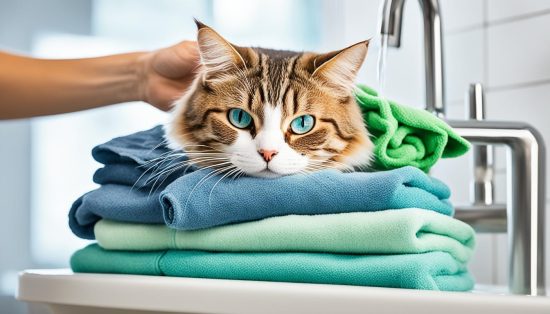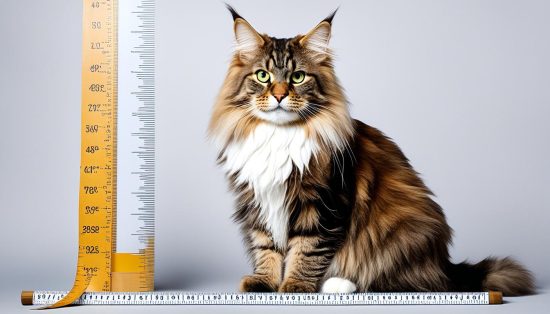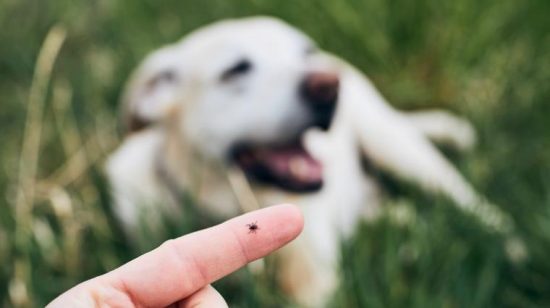Why Do Cats Hate Water? Exploring the Feline Aversion
Uncover the mystery behind feline water disdain as we dive deep into understanding why do cats hate water. Get insights now!
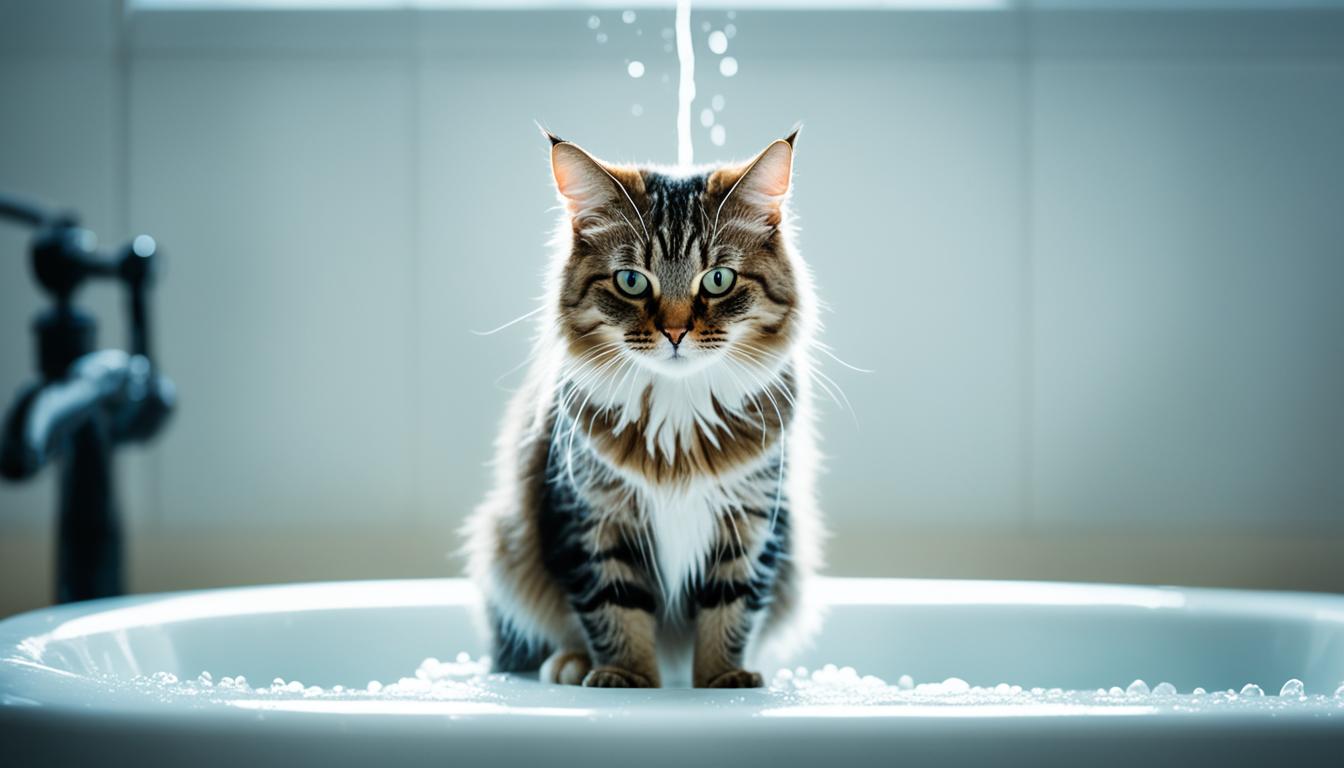
Did you know that cats have a remarkable and almost universal aversion to water? It’s a puzzling behavior that has left many cat owners scratching their heads. Now, we will delve into the fascinating world of feline behavior to uncover the reasons behind their dislike for water.
The Evolutionary Basis for Feline Water Aversion
Cats have a well-known aversion to water, often displaying a strong dislike for getting wet. But where does this behavior come from? To understand the evolutionary basis for this feline water aversion, we need to explore the desert origins of domestic cats and their survival instincts when it comes to water exposure.
Domestic cats trace their ancestry back to wildcats that inhabited arid desert climates. In these environments, bodies of water were scarce, and cats had minimal exposure to them. Unlike other animals, feline ancestors didn’t rely on swimming or interacting with water sources for survival. As a result, domestic cats have retained this aversion to water.
In addition to their desert origins, cats possess innate survival instincts that make them cautious of unfamiliar environments, including water. They perceive water as potential threat that could compromise their safety and survival. This instinctual wariness towards water further amplifies their aversion and reluctance to get wet.
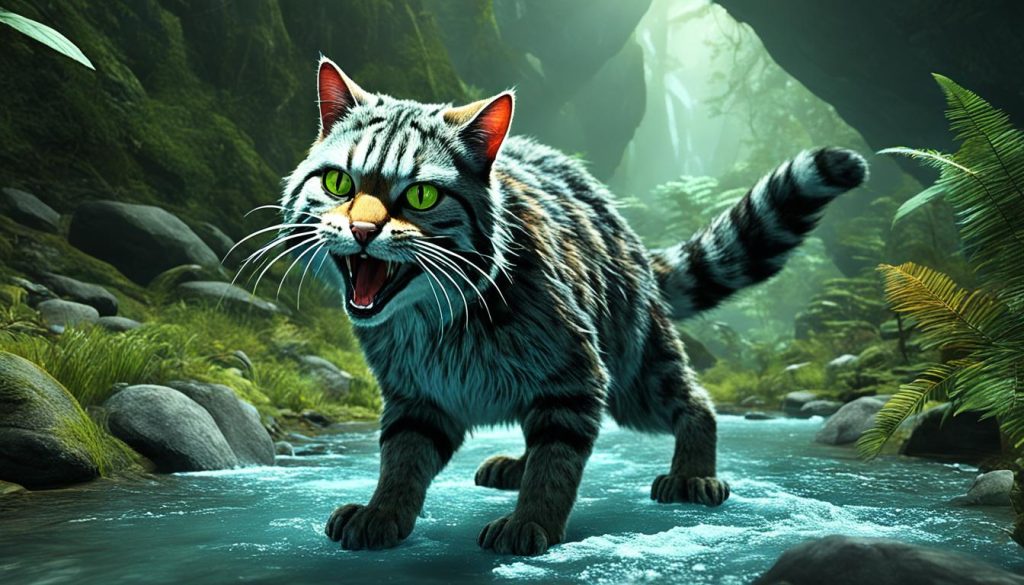
| Evolutionary Factors | Contributing to Feline Water Aversion |
|---|---|
| Desert origins | Cats evolved in arid environments with limited water exposure, leading to a natural aversion. |
| Survival instincts | Cats have a cautious nature and perceive water as potential threats, further reinforcing their aversion. |
Meticulous Grooming Habits of Cats
Cats are well-known for their fastidious grooming habits, spending a significant amount of time each day maintaining their fur. This meticulous grooming routine serves multiple purposes, including keeping their coat clean, removing loose hairs, and distributing natural oils that help to keep their skin and fur healthy. However, when it comes to wet fur, cats face unique challenges.
When a cat’s fur gets wet, it becomes more difficult for them to effectively clean and maintain their coat. Wet fur tends to become matted and tangled, making it harder for cats to remove debris or tangles with their tongues. This can lead to discomfort and irritability for the cat, as their grooming routine is disrupted by the presence of wet fur.
Additionally, wet fur may not dry properly, leading to the development of unpleasant odors and potentially causing skin issues such as dermatitis. Cats rely on their grooming habits to keep their skin and fur in optimal condition, so anything that interferes with this process can be distressing for them.
Weight and Comfort – The Damp Coat Impact
Another factor that contributes to cats’ aversion to water is the added weight and discomfort of a wet coat. When fur becomes saturated with water, it becomes heavier and clings to the cat’s body, which can be uncomfortable and restrict their movement. The added weight makes the cat feel weighed down and can cause them to feel vulnerable or exposed.
A damp coat can also lead to discomfort as it takes longer to dry, potentially causing the cat to feel cold and shivery. Cats are sensitive to changes in temperature, and the prolonged exposure to cold, damp fur can be distressing for them.
Furthermore, wet fur can disrupt a cat’s ability to regulate their body temperature effectively. The dampness prevents the normal insulation provided by their fur, leaving the cat more susceptible to cold temperatures and potentially leading to discomfort or illness.
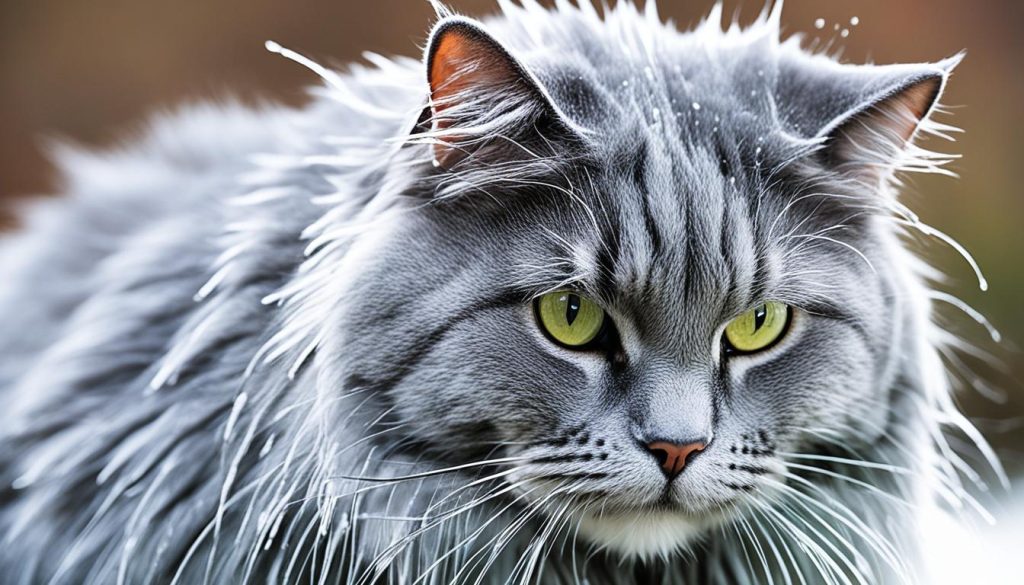
| Grooming Habit | Impact on Wet Fur |
|---|---|
| Self-Cleaning | Becomes more challenging and less effective |
| Hairball Prevention | Increased risk of hairballs due to ingesting damp fur |
| Oil Distribution | Disrupted, leading to dry skin and potential dermatitis |
The table above highlights some of the common grooming habits of cats and their impact on wet fur maintenance. It illustrates how wet fur can interfere with these grooming habits and potentially lead to various issues. Cat grooming habits play a crucial role in their overall well-being, but wet fur presents challenges for their meticulous self-grooming routine. The difficulty in maintaining wet fur and the discomfort caused by its weight are key factors contributing to cats’ aversion to water and wet environments.
Why Do Cats Hate Water?
While cats may not have had much exposure to water historically, some theories suggest that they may have encountered lakes or water bodies during their evolutionary journey. However, their aversion to water can be explained by psychological factors, such as the general discomfort and loss of control they may feel in wet environments.
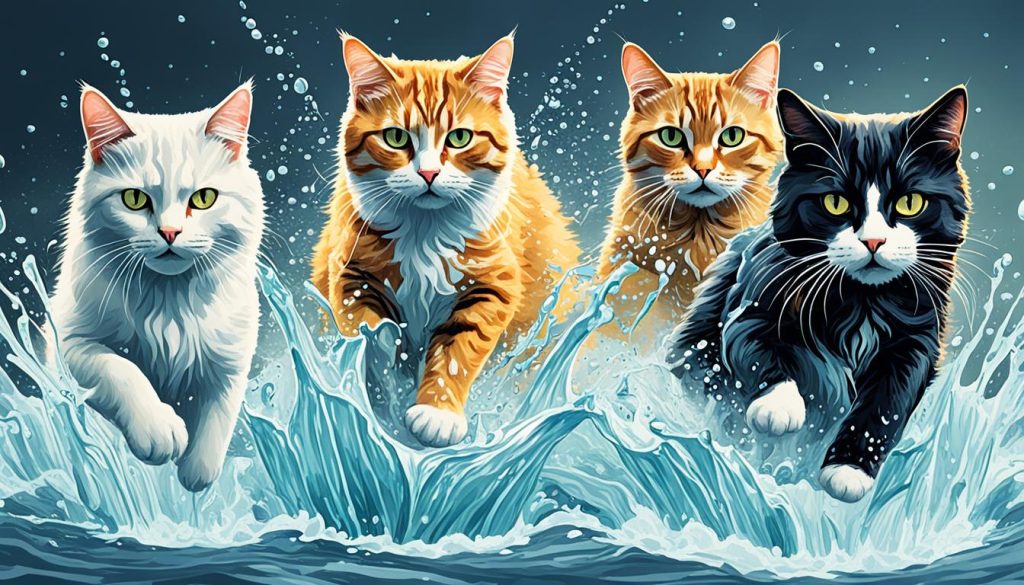
Is Still Water a No-Go for Cats?
While cats may show a strong attraction to moving water, it doesn’t necessarily mean that they dislike still water. Cats’ preference for moving water stems from their instinctual association of it with freshness and safety. However, that doesn’t negate their need for hydration or their ability to drink from a still water source.
In domestic settings, providing a fresh and clean water source, such as a water bowl, is essential for maintaining a cat’s health and hydration. Some cats may prefer still water and happily drink from a bowl, especially if the water is changed regularly to ensure it remains clean and appealing.
It’s important to note that each cat has its own preferences. While some may show a strong preference for moving water, others may happily drink from a bowl without any issues. As a pet owner, it’s essential to observe your cat’s behavior and provide water sources that suit their individual needs and preferences.
| Attraction to Moving Water | Cats’ Preference for Still Water |
|---|---|
| Cats are instinctively attracted to the movement and sound of running water. | Some cats may prefer still water and happily drink from a water bowl. |
| Moving water is associated with freshness and safety for drinking. | Providing a clean and fresh water bowl can meet a cat’s hydration needs. |
| The instinctive preference for moving water doesn’t indicate a dislike for still water sources. | Regularly changing the water in the bowl can make it more appealing to cats. |
Techniques for a Less Traumatic Bath Experience
Bathing cats can be a challenging task, but some techniques can make the experience less traumatic for both the cat and the owner. Understanding a cat’s post-bath behavior can help manage their stress levels and ensure a more positive bathing experience. When it comes to bathing cats, it’s essential to create a calming and stress-free environment. Here are a few techniques to make the process easier:
Gather all necessary supplies, such as cat-friendly shampoo, towels, and a non-slip mat for the bathing area.
Pick a time when your cat is generally relaxed and avoid interrupting their mealtime or play sessions.
Start by slowly introducing your cat to water. Begin with a damp cloth or a few droplets on their fur to accustom them to the sensation.
Reward your cat with treats and praise during and after the bath to associate the experience with positive outcomes.
If your cat consistently displays extreme distress during baths, it might be worth seeking the assistance of a professional groomer who is experienced in handling feline bathing.
Understanding Your Cat’s Post-Bath Behavior
After a bath, it’s common for cats to exhibit certain behaviors in response to the experience. By understanding these behaviors, you can address your cat’s needs and ensure their comfort:
Cats may engage in excessive licking and grooming as a way to dry themselves off and restore their natural scent. This behavior helps them regain a sense of cleanliness and control.
Just like dogs, cats may shake their bodies vigorously after a bath to remove any remaining water from their fur. This is a natural instinct to maintain their body temperature and avoid potential discomfort.
Wet fur can make cats feel cold and uncomfortable, so they may seek warm spots to dry themselves off, such as near a heater, in a sunny spot, or in their favorite cozy hiding spot.
Cats may need a brief period to readjust and regain their bearings after a bath. This can manifest as temporary disorientation or restlessness as they recalibrate their senses.
Are there any cats that like water?
Despite the common aversion most cats have towards water, there are a select few breeds that actually enjoy it. These feline enthusiasts of aquatic adventures include Abyssinians, Bengals, Maine Coons, and Turkish Vans. These breeds are known for their unique characteristics and behaviors, including a greater tolerance and even enjoyment of water-related activities.
Abyssinians, Bengals, and Maine Coons
Abyssinian cats, with their active and adventurous nature, are more likely to show an affinity for water. They are curious creatures who may even dip their paws in the water bowl or playfully splash around. Bengal cats, known for their wildcat-like appearance, often possess an affection for water as well. Their ancestors, the Asian leopard cats, were native to regions with rivers and lakes, which may have influenced their comfort level around water. Maine Coon cats, with their large size and rugged build, are also known to have a higher tolerance for water compared to other breeds.
The Swimming Cat: The Turkish Van Breed
If you’re looking for a feline friend that truly loves the water, the Turkish Van breed is a standout. Turkish Vans have a strong affinity for swimming and are known for their natural swimming abilities. Their water-resistant coat and love for splashing and paddling make them a unique breed that defies the stereotype of cats disliking water. These cats truly embrace their aquatic instincts.
Keeping Your Cat Hydrated: Alternatives to the Water Bowl
Proper hydration is essential for your cat’s overall health. While providing a water bowl is the most common method, there are alternative ways to encourage your cat to stay hydrated and address any aversion they may have towards still water from bowls.
One option is to use a cat fountain. These devices provide a continuous flow of water, which can be more enticing for cats. The flowing water mimics natural water sources and may appeal to your cat’s instinctive attraction to moving water. Introducing a cat fountain can make drinking water a more enjoyable and engaging experience for your feline friend.
Another way to keep your cat hydrated is to incorporate wet food into their diet. Wet food not only provides essential moisture but also contributes to their daily nutritional needs. Adding wet food as part of their meal routine can increase their overall water intake and help prevent dehydration. Consult your veterinarian for recommendations on appropriate wet food brands and feeding amounts for your cat.
Remember, every cat is unique, and different cats may have varying preferences when it comes to staying hydrated. It’s important to observe your cat’s behavior and adapt accordingly. By offering alternative methods such as cat fountains or wet food, you can ensure that your beloved feline companion stays hydrated and maintains their well-being.
FAQs on why do cats hate water
Are cats actually scared of water?
While it may seem like cats are scared of water, their aversion is more due to their evolutionary history and survival instincts.
Why do cats not like still water?
Cats have a preference for moving water, which they associate with freshness and safety. Still water can be perceived as stagnant and less appealing to them.
Do cats hate you after a bath?
Cats may be temporarily upset or stressed after a bath, but they do not hold long-term grudges. With understanding and patience, you can help them feel more comfortable and recover from the bath.


